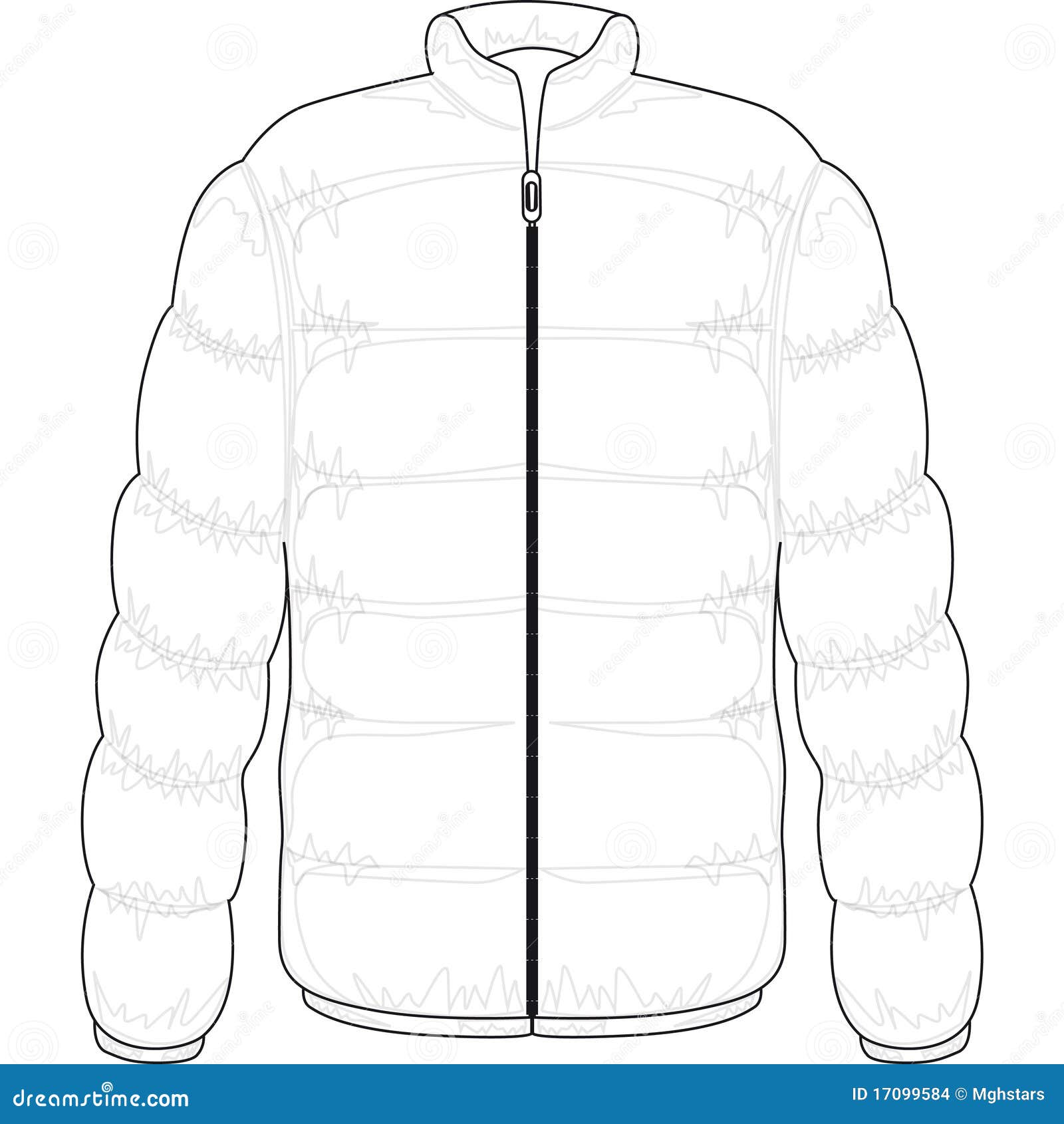
.jpg)
Zips: Do they run smoothly? Does it have protection so the zip doesn’t get caught in the fabric? Most down jackets feature an outer made of very lightweight and sensitive fabrics, so zips could get caught in it and damage it. Tip: when buying a down jacket, always check the details in the product description!Ĭut: Does a lightweight fleece fit underneath it? The more it contains, the thicker and warmer the jacket is. The amount of down that fills the jacket is measured in grams. 80/20 is sufficient for other activities. As a rule of thumb: clothing for extreme conditions should have a ratio of at least 90/10. This is a very good ratio since a certain amount of feathers is needed in order to stabilize the down and to prevent it from clotting. Values below 500 have an even lower capacity to insulate.ĭown (90/10) means that the down jacket’s fill features a mix containing 90% down and 10% feathers. 700-800 cuin is excellent, while 600-700 is very good. It indicates the volume to which a certain amount of down expands after it was squeezed into a measuring cup for 24 hours. This value is measured in cuin (cubic inches). The higher the fill power, the more insulation and warmth per packable volume it offers. What does fill power, cuin and 90/10 mean?

As for the torso, it should be kept as warm as possible, which is where you'll find the down. Synthetic fibre is used at parts of the body that are more likely to sweat. There are even hybrid jackets that combine the advantages of down with the advantages of synthetic fibres. For mountaineering in extreme temperatures, not only are weight and pack size important, but so is thermal output.

Models for everyday wear have a fashionable cut and only have a small or medium amount of down fill. There are designs for various uses and these have different features. However, when it’s raining, it’s simply too warm to wear a jacket with a down fill. When down gets wet, it won’t keep you warm. There is only one limitation to down jackets: they’re not suitable for rainy weather. Whether you’re planning to go on an alpine tour in extreme conditions or are going Christmas shopping, down jackets are great companions in all situations, and they won’t even let you break out into a sweat. Thick, waterproof down jackets can get you through the toughest alpine climates. In winter, down jackets are the ideal companion for many occasions: ultra-light and thin down jackets are perfect for hill walking and climbing, and stylish models provide a great look for city life. One kilogram of down consists of up to 500,000 single down feathers, which has an extraordinary potential to insulate because of the unique structure of their soft, long, radial feather-branches. Underneath their tough exterior feathers, many birds have a layer of down that enables them to maintain their body temperature despite low temperatures. If you want to be toasty warm, then you’ve got to check them out! You can also consider getting a down coat if you know you’ll be in a really cold climate.ĭown manufacturers, such as Bergans, Canada Goose, Mammut and Vaude have great down jackets and down trousers for women men and children, and they even produce down beanies and overalls. Whether you’re looking for a down jacket for women or men, for expeditions snowshoeing, trekking or for casual wear, you're guaranteed to find a down jacket or coat that fits your needs.

These jackets are great because they offer maximum thermal output, yet they're so lightweight. You won’t ever freeze again! Down jackets are built to keep you warm in low temperatures. Comfortable down jackets for sports and everyday wear


 0 kommentar(er)
0 kommentar(er)
